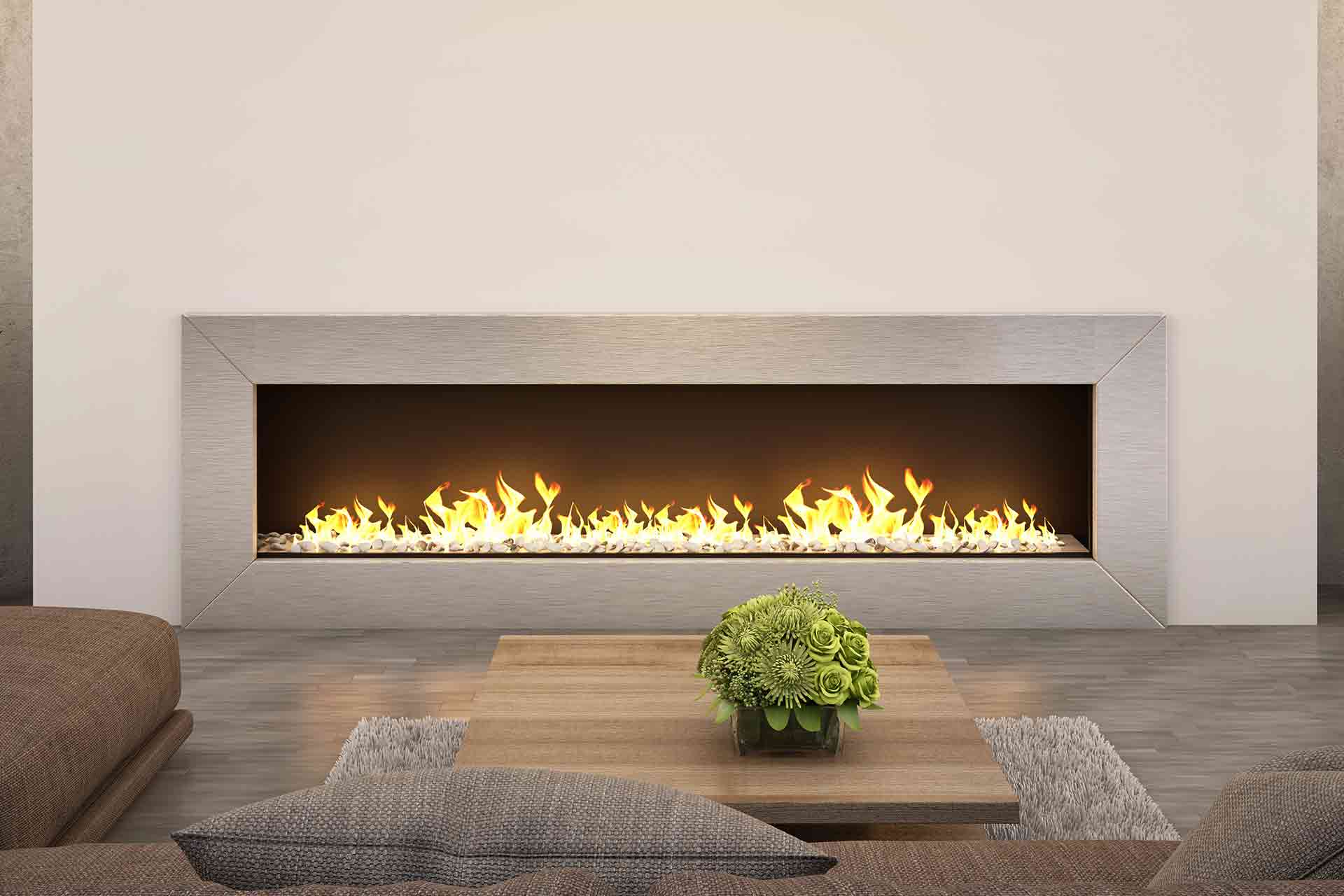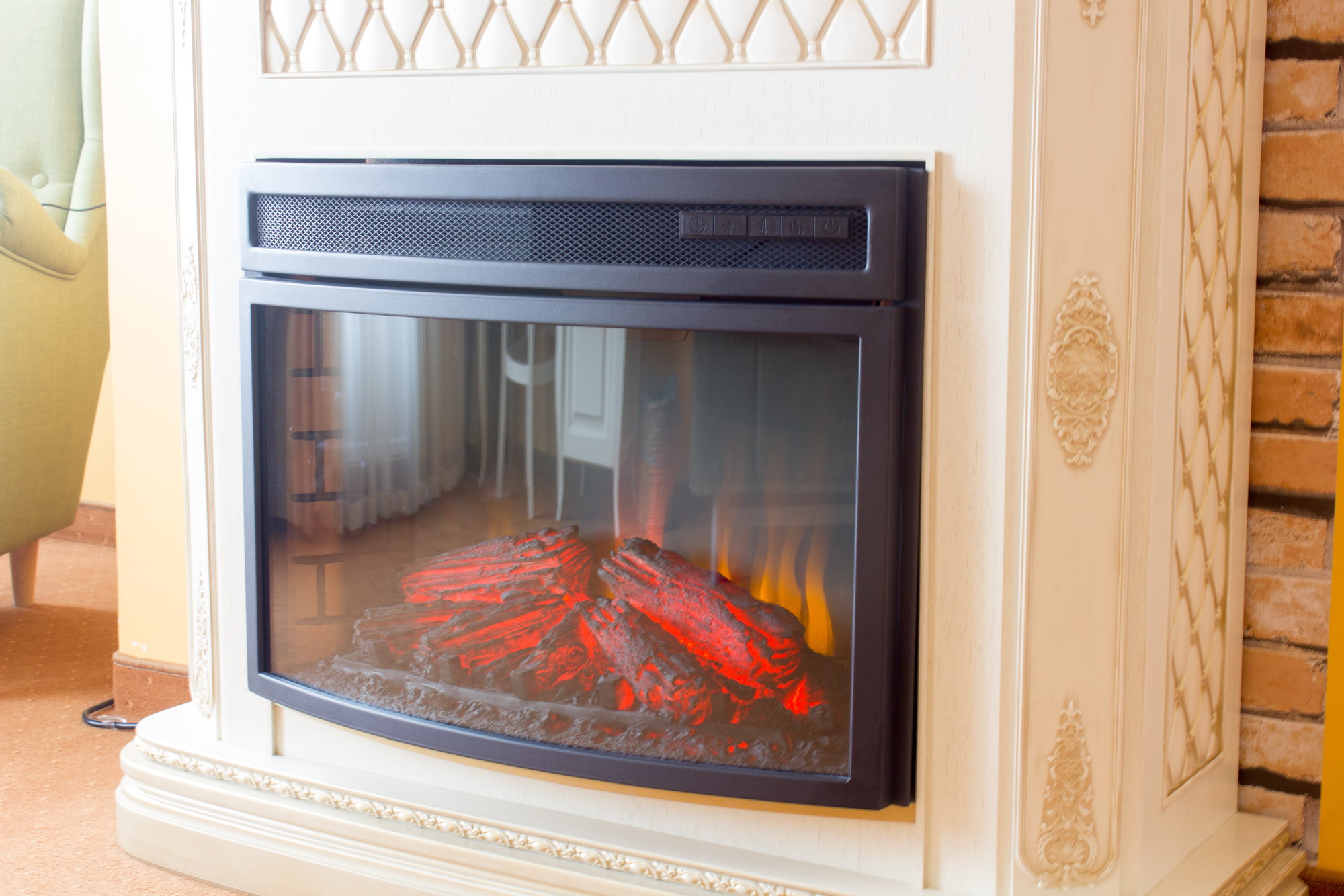Electric fireplace installation, a task that seamlessly blends aesthetics with warmth, demands meticulous planning and execution. Embark on this comprehensive guide as we delve into the intricacies of electric fireplace installation, empowering you with the knowledge to create a cozy and inviting ambiance in your home.
From understanding safety precautions to navigating the step-by-step installation process, this guide equips you with the necessary tools and insights to ensure a successful and safe installation.
Electric Fireplace Installation Planning

Proper planning is crucial for a successful electric fireplace installation. It ensures safety, efficiency, and aesthetic appeal. Before embarking on the installation process, consider the following factors:
Essential Considerations
- Location:Determine the ideal location for the fireplace, considering factors such as room size, furniture arrangement, and heat distribution.
- Fireplace Type:Choose an electric fireplace that aligns with your aesthetic preferences and heating needs. Consider wall-mounted, freestanding, or insert models.
- Electrical Requirements:Verify that the electrical system can handle the fireplace’s power requirements. Ensure proper grounding and circuit protection.
- Ventilation:Provide adequate ventilation around the fireplace to prevent overheating and ensure proper airflow.
- Safety Features:Look for fireplaces with safety features such as automatic shut-off, overheat protection, and remote control.
Types of Electric Fireplaces
Electric fireplaces come in various types, each with specific installation requirements:
Wall-Mounted
Wall-mounted fireplaces are designed to be hung on a wall like a picture frame. They are relatively easy to install and require minimal space.
Freestanding
Freestanding fireplaces can be placed anywhere in the room and do not require any mounting. They offer greater flexibility in placement.
Insert
Insert fireplaces are designed to be installed into an existing fireplace or stove. They provide a realistic flame effect and can supplement the heating output of a traditional fireplace.
Safety Precautions and Considerations

Electric fireplaces provide a cozy and efficient way to add warmth and ambiance to your home. However, it is crucial to prioritize safety during the installation process to minimize potential hazards and ensure the safe operation of your fireplace.
Electrical safety is paramount when working with any electrical appliance. Always adhere to the manufacturer’s instructions and local building codes to ensure proper wiring and grounding. Inspect the electrical components for any damage before installation, and seek professional assistance if necessary.
Electrical Safety
- Verify that the electrical outlet you intend to use is compatible with the fireplace’s power requirements.
- Ensure that the outlet is properly grounded to prevent electrical shocks.
- Never overload the electrical circuit by plugging multiple appliances into the same outlet.
- Use caution when handling electrical wires and avoid creating any loose connections.
- If you are not confident in your electrical skills, do not attempt the installation yourself and consult a qualified electrician.
Proper Ventilation
Electric fireplaces produce heat, which can lead to overheating if not properly ventilated. Ensure that the fireplace is installed in a well-ventilated area with adequate airflow to prevent heat buildup.
- Follow the manufacturer’s guidelines for the minimum clearance around the fireplace.
- Do not place the fireplace near flammable materials or in enclosed spaces.
- Keep the fireplace’s ventilation openings clear and unobstructed.
- Install a carbon monoxide detector near the fireplace for added safety.
By following these safety precautions, you can ensure a safe and enjoyable electric fireplace experience in your home.
Step-by-Step Installation Guide: Electric Fireplace Installation

Installing an electric fireplace is a relatively straightforward task that can be completed in a few hours. However, it is important to follow the manufacturer’s instructions carefully to ensure a safe and proper installation.
Pre-Installation Considerations
Before beginning the installation, there are a few things you need to do to prepare:
- Choose a location for the fireplace. The fireplace should be placed on a level surface and away from any flammable materials.
- Gather the necessary tools and materials. You will need a screwdriver, a drill, a level, and a tape measure.
- Read the manufacturer’s instructions carefully. This will help you to avoid any mistakes during the installation process.
Step-by-Step Installation Instructions, Electric fireplace installation
- Mount the fireplace.The fireplace can be mounted on the wall or on a mantel. If you are mounting the fireplace on the wall, you will need to use the included mounting brackets. If you are mounting the fireplace on a mantel, you will need to use the included screws.
- Connect the fireplace to the power supply.The fireplace comes with a power cord that plugs into a standard outlet. Make sure that the outlet is properly grounded.
- Turn on the fireplace.Once the fireplace is connected to the power supply, you can turn it on. Use the included remote control to adjust the settings.
Troubleshooting Tips
If you encounter any problems during the installation process, here are a few troubleshooting tips:
- The fireplace does not turn on.Make sure that the fireplace is properly plugged into a grounded outlet. Also, check the circuit breaker to make sure that it has not tripped.
- The fireplace is not heating up.Make sure that the fireplace is set to the correct heat setting. Also, check the air filter to make sure that it is not clogged.
- The fireplace is making a strange noise.If the fireplace is making a strange noise, it may be due to a loose part. Check the fireplace for any loose screws or bolts and tighten them if necessary.
Post-Installation Maintenance and Troubleshooting

Ensuring the longevity and optimal performance of your electric fireplace requires regular maintenance and attention to potential issues. This section will guide you through essential maintenance practices and provide troubleshooting techniques to resolve common problems.
Maintenance Schedule
Regular maintenance is crucial to keep your electric fireplace functioning efficiently and safely. Here’s a recommended maintenance schedule:
- Monthly:Inspect the fireplace for any visible damage, dust buildup, or loose connections.
- Quarterly:Clean the exterior and interior surfaces of the fireplace using a soft, dry cloth. Check the heating element and fan for any debris or obstructions.
- Annually:Have a qualified electrician inspect the fireplace’s electrical components and connections to ensure safety.
Troubleshooting Techniques
If you encounter any issues with your electric fireplace, refer to the following troubleshooting techniques:
- No power:Check if the fireplace is plugged in and the circuit breaker is not tripped. If the issue persists, contact an electrician.
- No heat:Ensure the fireplace is turned on and the temperature setting is correct. If the heating element is not working, it may need to be replaced.
- Excessive noise:Dust or debris may have accumulated on the fan or heating element. Clean these components and ensure there are no obstructions.
- Flickering flames:Check if the flame effect bulb is loose or needs replacing. If the flickering persists, contact the manufacturer for assistance.
By following these maintenance and troubleshooting guidelines, you can ensure your electric fireplace operates smoothly and provides a cozy and enjoyable ambiance for years to come.
Closure
As you embark on your electric fireplace installation journey, remember that meticulous planning, adherence to safety measures, and regular maintenance are key to ensuring a seamless and enjoyable experience. By embracing the insights shared in this guide, you can confidently transform your living space into a sanctuary of warmth and ambiance.
